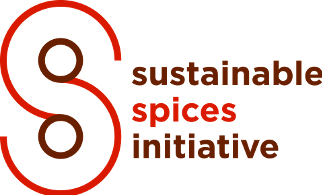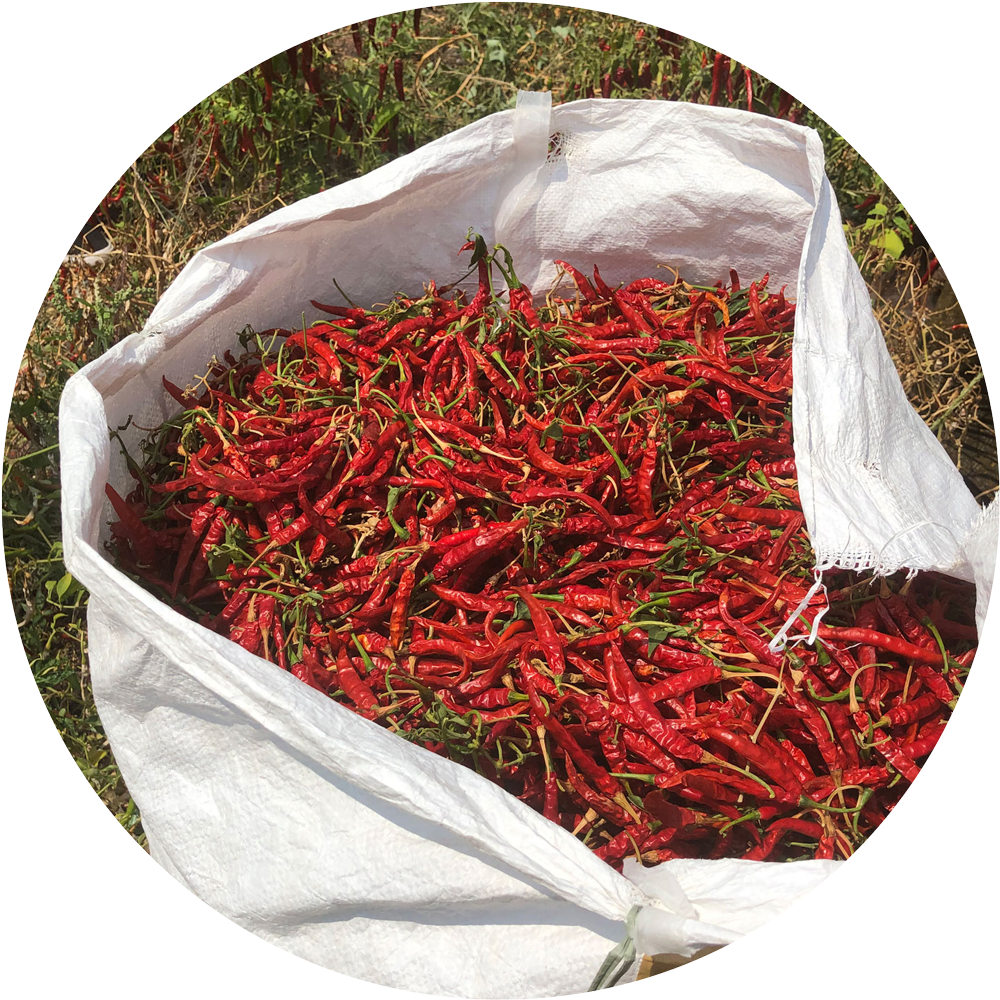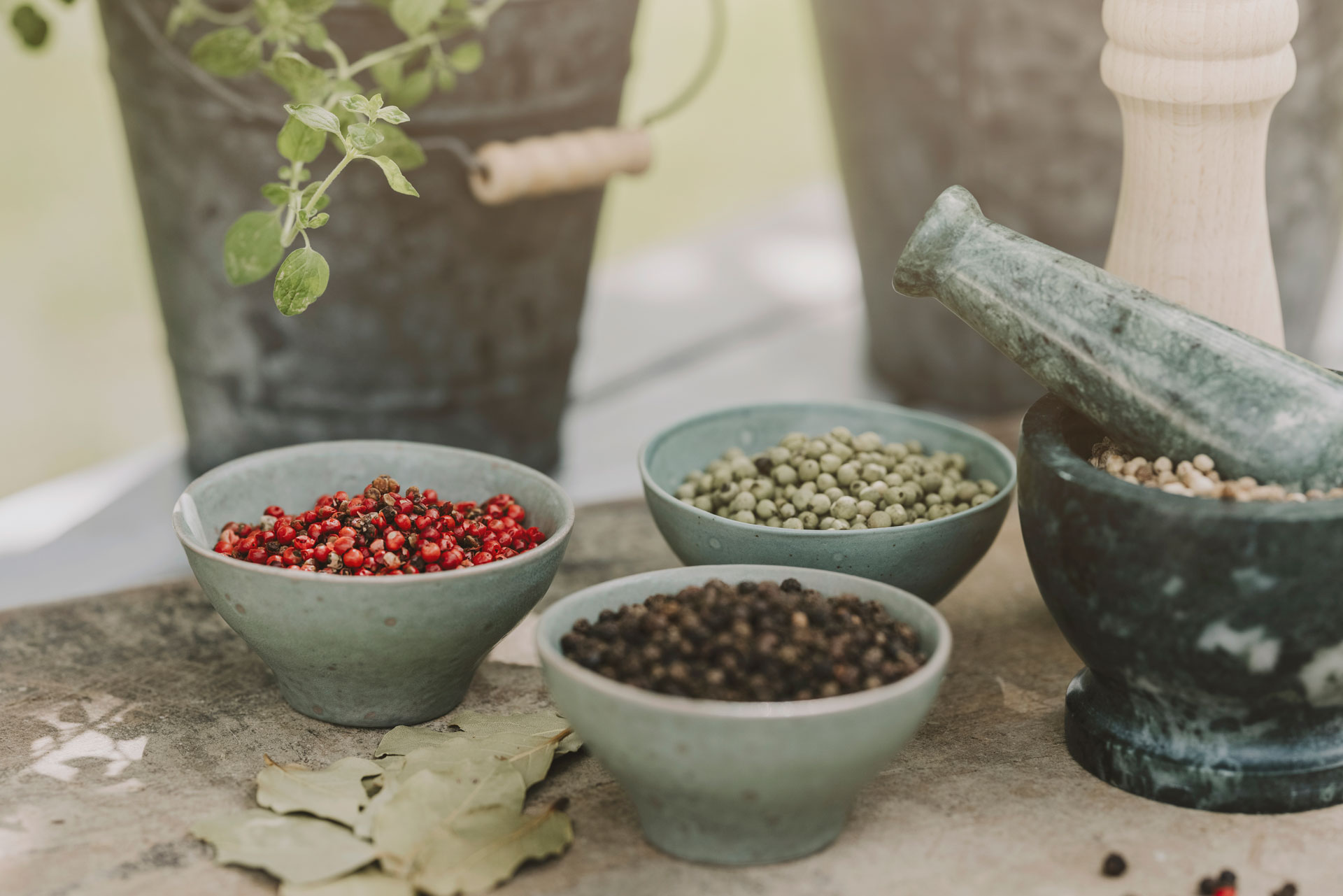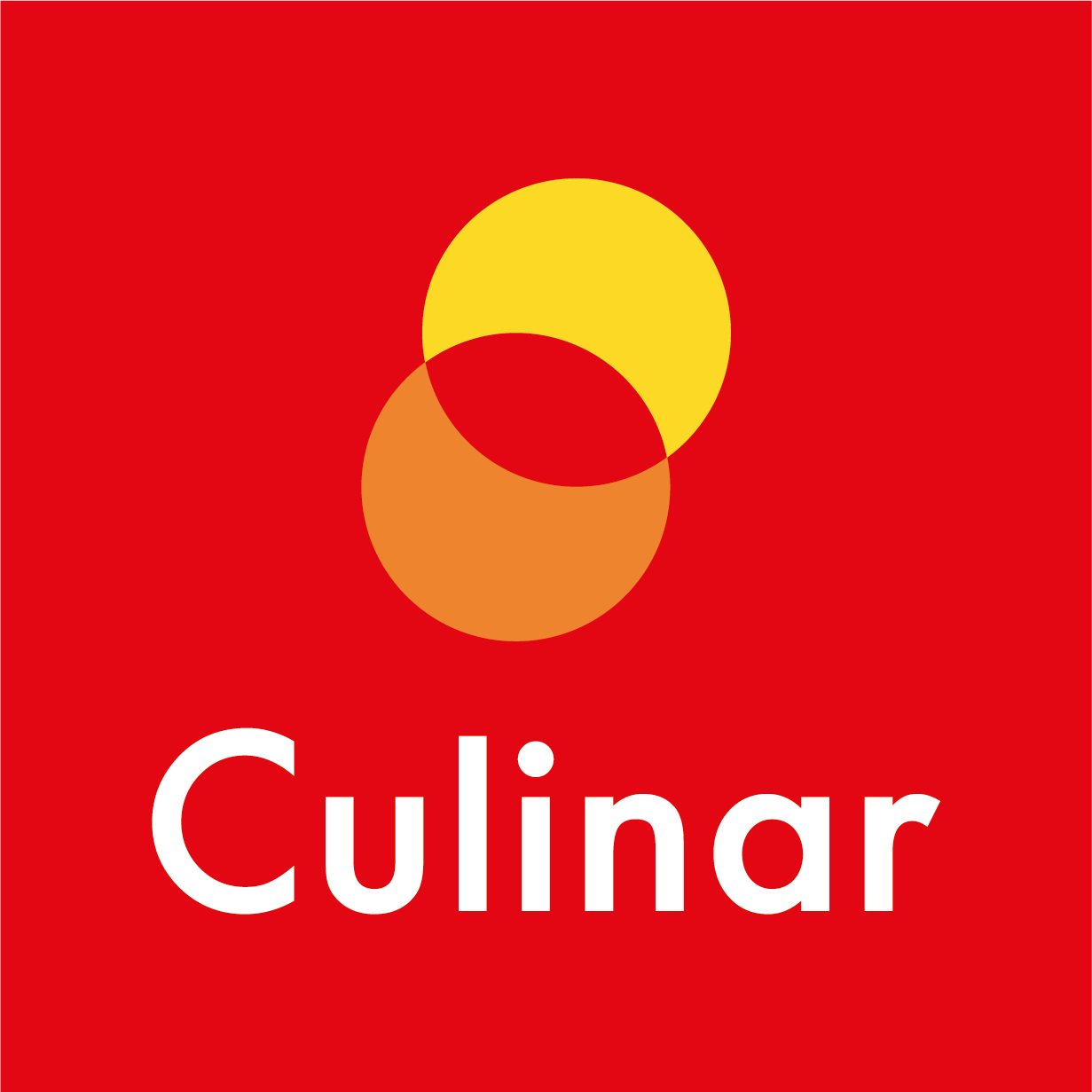Global supplier cultivation and working conditions
Every year, we import large quantities of spices and herbs from all over the world for our flavor operations. It is therefore essential to the long-term survival of our business that these are cultivated in a sustainable way. Our ingredients and products must be safe, genuine, and of good quality.
One important pillar in our work is our collaboration with the Sustainable Spices Initiative (SSI), of which Culinar is an active member. We set goals in line with the SSI’s requirements and report the results on an ongoing basis. Our goal is that by 2025 we will have increased the share of sustainable spices we purchase (according to the SSI’s definition) to 25% of the total volume for turmeric, pepper, and chili. In the last year, we have easily reached our target for turmeric and pepper.
– Turmeric 70%
– Pepper 40%
– Chili 10%

Sustainable Spices Initiative (SSI)
The SSI is a global platform that brings together actors throughout the herbs and spices supply chain and who are willing to collaborate. The SSI supports the Sustainable Agriculture Initiative’s definition of sustainable agriculture: “the efficient production of safe, high quality agricultural products, in a way that protects the natural environment, and improves the social and economic conditions of farmers, their employees and local communities”.
To assess the sustainability of ingredients, a portfolio of different standards and certifications is used within both social and environmental sustainability. If the supplier complies with selected standards, the ingredient is defined as sustainable. The SSI also works with specific projects linked to a particular spice or geographic area, which might involve increasing the farmers’ knowledge of sustainable cultivation.
All member companies must undertake to set targets that agree with the SSI requirements, and to report ongoing results to the SSI.
Supplier follow-up
Our supplier code of conduct and supplier audits form an important tool for managing sustainability risks in the cultivation stage. Our code of conduct clearly links our requirements to international conventions and guidance such as the UN’s Guiding Principles on Business and Human Rights, and the Convention on the Rights of the Child. Our intention is thus to help reinforce implementation of these conventions in the supplier chain and to promote continued development of sustainable cultivation.
We value long-term relationships with suppliers. Consequently, over the past year we have developed our contacts with suppliers in Sedex, where we have become AB members. This means we have the opportunity to share information, reports, action plans, etc. with suppliers who are also members of Sedex. This is a valuable complement to our risk evaluation. We continuously visit and audit our suppliers both for product safety and compliance with our code of conduct. Together, we implement improvements.

The global spice trade – an industry with challenges
The spice trade is a complex one, where the largest share of spices in the world are grown by small agricultural companies in developing countries. Poverty often leads to poor working conditions for the grower’s family and for any employees. There is often no opportunity to allow the children to attend school. Instead they must stay at home and work on the farm.
As spices are used in most food products all over the world, demand is expected to increase in line with the globally increasing population. But ever larger numbers of spice growers are leaving farming for more secure sources of income, which means that continued secure deliveries are only possible if spice production provides an economically attractive and sustainable income for the grower.

Food safety
Safe raw materials of the right quality are a precondition for our business, and obtaining them can be a major challenge in our turbulent times. So it is particularly important for us to evaluate each raw material and to verify its quality as far
as possible.
We examine aspects including:
– Cultivation certification
– Quality characteristics defined according to ISO standards
– Specific risks linked to the raw material
– Unique inspection programs for each raw material
– Long-term collaborations with suppliers



